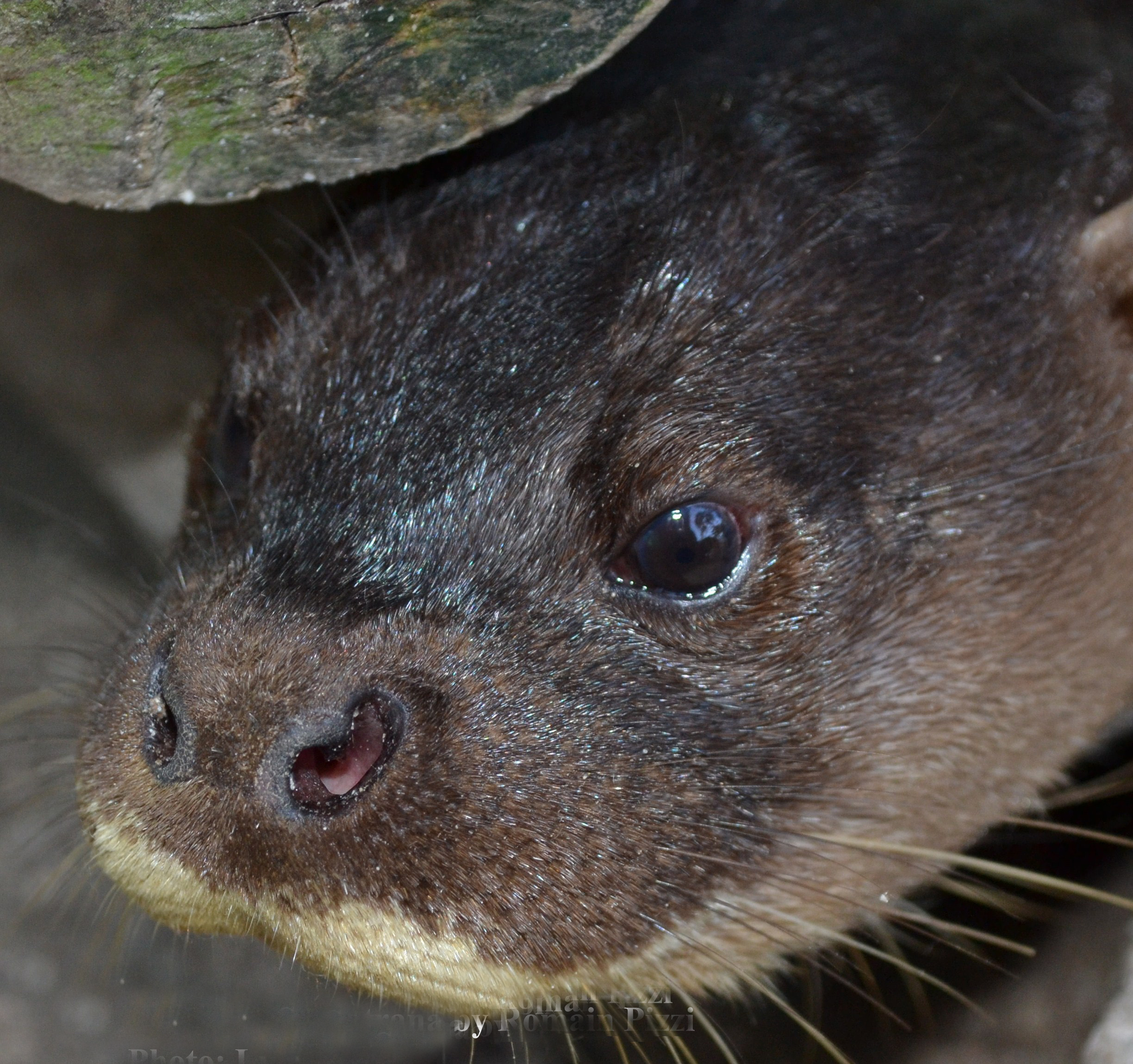Hairy-nosed Otter (Lutra sumatrana)

© Romain Pizzi
QUICK GUIDE
SIZE - 1.05 to 1.34 metres
WEIGHT - 5 to 8kg
DIET -Crabs and crayfish - also eat fish, molluscs, water snakes, birds and amphibians.
GESTATION - Believed to be about 9 weeks.
OFFSPRING - 1-4 cubs
THREAT TO SPECIES - The main threats to the otter are disturbance by human activities such as fishing, cultivating crops and vegetable.
CONSERVATION STATUS - Endangered
This amazing otter gets its name from the fact that the black part of its nose (the rhinarium), which in most mammals is a moist and naked surface, is in this case distinctly hairy. It is a very slender animal with an incredibly long tail, far longer in proportion to the body than that of most otters. They can grow up to 1.4m in length, and will usually weigh between 5 and 8kg at their full size.
© Ayim Mushahril
At the beginning of the 20th century Hairy-nosed Otters appeared to be common in south-east Asia, but by 1979 their population had been greatly reduced. In 1998 they were believed to be extinct, as there had been no recorded sightings for ten years! Despite this, one scientist from Thailand, Budsabong Kanchanasaka, thought there might still be some present in her country and this was confirmed in 1999, when some were found being kept as pets. Since then Hairy-nosed Otters have been found in Cambodia, Vietnam, Thailand, Indonesia, Malaysia and Laos, but the populations are isolated and vulnerable. It appears they are also in Myanmar, as in 2014 a freshly killed animal was found in a market at Mong La. This is only the second record of this species for Myanmar - the first one was a skin collected in the north of the country in 1939.
© Budsabong Kanchanasaka
Unfortunately, few field studies have been carried out on the Hairy-nosed Otter, and so there is little information on their basic ecology and behaviour in the wild. They are considered to be solitary animals, although groups of four to six individuals have been seen. They seem to be most active in the early morning and late afternoon but, again, information from camera traps has shown them to be active from midnight to the early hours of the morning. Unlike most otters, Hairy-nosed do not seem to have regular toilet areas and often spraint on fallen logs. Not a lot is known about their breeding cycle, although the gestation period of about two months appears to be the same as for most otters. Their actual breeding season seems to vary, with Vietnamese fishermen suggesting that breeding is mainly in November-December, whilst in Thailand young have been seen in December-February so it would appear to be in October-December, and in Cambodia it seems to take place between November and March.
©Cambodia International Sterling Zumbrunn
The favourite habitat of a Hairy-nosed Otter is the peat swamp forests, particularly those with Melaleuca, the swamp tea-tree. These swamps are all lowland areas but otters have also been found in highland jungle areas in low numbers. This could be because there is more available prey (crabs, crayfish, fish, molluscs, water snakes, birds and amphibians) in the swamp areas, but unfortunately the area of Melaleuca forest available has decreased in recent times. In Sumatra they have also been found in plantations of oil palm and rubber.
The main threats to the otter are disturbance by human activities such as fishing and cultivating crops. These activities cause various negative impacts on the otter habitat such as destruction of holts, reduction of food resources and pollution caused by the use of pesticides. Hunting is another major threat, particularly in south-east Asia, where for every tiger skin found there are at least 10 otter skins and hunters can receive up to $200 for each pelt.




